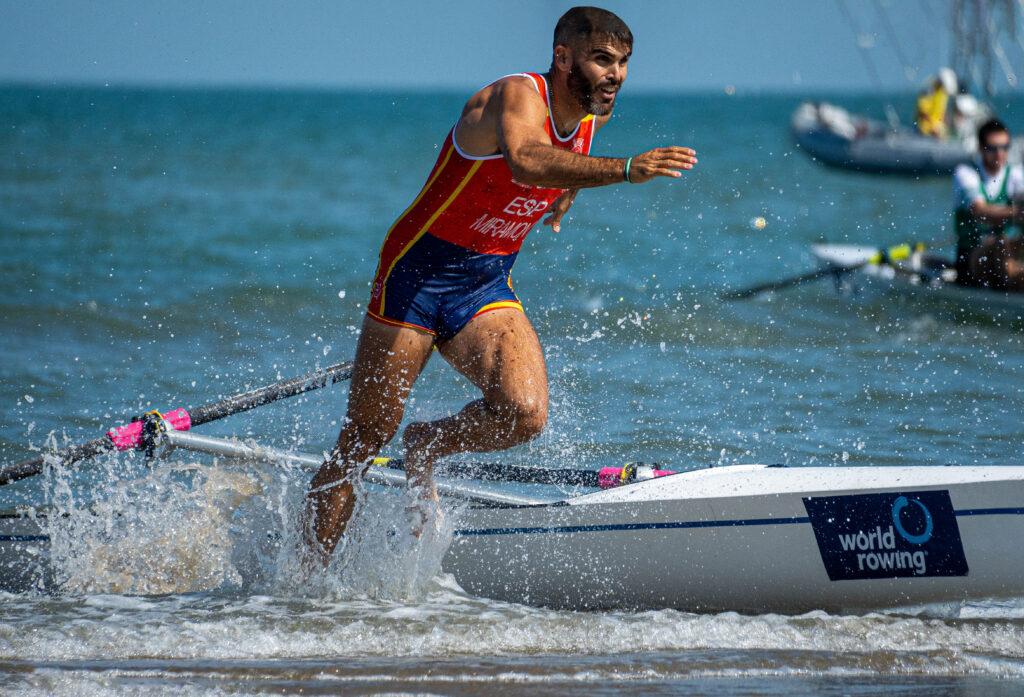BOSTON – Athletes in the Boston area are embracing a fast-growing athletic challenge: beach sprints. This high-intensity event, which combines explosive speed and coastal terrain, is gaining momentum as competitors train along local shorelines. As interest surges, beach sprints are emerging not only as a test of speed but also of endurance and agility, attracting both seasoned runners and newcomers eager to take on this dynamic new sport. Local training sessions and competitions are highlighting the unique demands of racing on sand, putting a fresh spotlight on Boston’s vibrant athletic community.
Understanding Beach Sprints A Rising Athletic Challenge
Beach sprints have quickly emerged as a dynamic new challenge attracting athletes seeking to test their speed and endurance in natural environments. This demanding sport requires competitors to sprint across varying stretches of sand, navigating the unpredictable terrain that tests balance, power, and fast-twitch muscle response. Unlike traditional track sprints, the soft, shifting beach surface adds an extra layer of difficulty, making it essential for athletes to develop specialized training strategies that focus on traction, explosive starts, and stamina. In Boston, local athletes are embracing this rising trend, combining their regular speed drills with sessions along the waterfront, adapting their techniques to master the unique resistance of coastal sand.
Key elements that set beach sprints apart include:
- Variable sand firmness: From packed wet sand near the waterline to loose, dry sand further inland, each surface demands different footwork and energy output.
- Environmental factors: Wind resistance and sun exposure add to the intensity, requiring greater mental and physical resilience.
- Balance and agility: Athletes must maintain stability over uneven ground, critical for sustaining top speed without injury.
| Skill Aspect | Training Focus | Performance Benefit |
|---|---|---|
| Explosive Starts | Resistance drills on soft sand | Improved launch power |
| Foot Placement | Balance and core stability exercises | Reduced energy loss |
| Endurance | Interval sprinting with active recovery | Prolonged peak speed |
Training Techniques Athletes Use to Master Sand Sprinting
To excel on the shifting, uneven surface of sand, athletes are adopting a variety of innovative training methods tailored specifically to this new challenge. One key technique involves resistance drills using weighted sleds and parachutes, which help build explosive leg power and improve stride efficiency on soft footing. Coaches emphasize short, intense bursts mimicking race conditions, often incorporating plyometric exercises such as bounding and jump squats to enhance stability and reactive strength. Additionally, balance and core workouts, including single-leg stability drills on unstable platforms, are becoming essential components to help athletes maintain form and momentum against the unpredictable resistance of sand.
Another cutting-edge approach revolves around progressive overload on beach terrain, with athletes gradually increasing their sprint distances and workload to adapt their muscles and tendons to the harsher environment. Technical adjustments also play a critical role-runners practice a slightly higher knee lift and quicker turnover rate to compensate for sand’s energy-absorbing properties. Below is a quick overview of common training elements used by practitioners embracing this evolving discipline:
| Training Element | Purpose | Typical Routine |
|---|---|---|
| Resistance Sled Pulls | Build power and acceleration | 6 sets x 20 meters |
| Plyometric Jumps | Improve explosive strength | 4 sets x 10 reps |
| Core Stabilization | Maintain balance on unstable surfaces | 3 sets x 1 minute planks |
| High-Knee Sprints | Enhance turnover rate | 5 sets x 15 meters |
Preparing for Competition Expert Tips for Excelling in Beach Sprints
Mastering the sand’s unpredictable terrain is crucial for those aiming to dominate beach sprints. Unlike traditional track, the shifting grains demand athletes to adapt their running technique-shortening strides and increasing cadence to maintain momentum. Experts recommend focusing on ankle stability and core strength during training sessions to mitigate the risk of injury while enhancing power output. Additionally, practicing starts on sand with explosive bursts can drastically improve reaction times and propulsion off the line.
Beyond physical preparation, mental readiness plays a pivotal role. Competitors should cultivate resilience against environmental factors such as intense sunlight, sea breeze, and uneven surfaces. Incorporating the following into pre-race preparation is advised:
- Dynamic warm-ups tailored for sandy conditions
- Hydration strategies to combat beach heat
- Visualization techniques for anticipating race challenges
- Footwear selection, balancing traction and comfort
| Key Training Focus | Benefit |
|---|---|
| Sand Sprint Drills | Improved acceleration and power |
| Balance Exercises | Enhanced stability on uneven terrain |
| Core Workouts | Better body control and posture |
| Heat Acclimatization | Greater endurance under sun exposure |
Insights and Conclusions
As beach sprints gain traction among athletes in Boston, this dynamic event is carving out a new niche in the region’s competitive sports landscape. With its blend of speed, stamina, and sand-based challenge, beach sprinting offers both seasoned runners and newcomers an exciting opportunity to test their limits outside traditional tracks. As interest continues to build, organizers and participants alike are hopeful that this fast-growing sport will inspire more events and greater community involvement along Massachusetts’ scenic shores.





